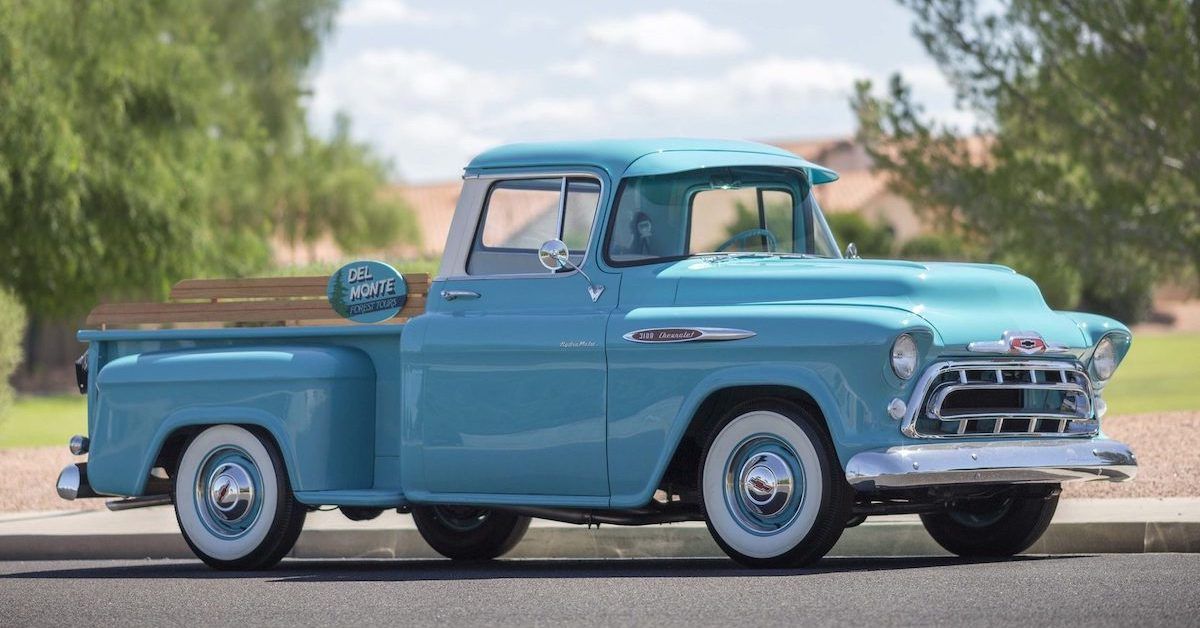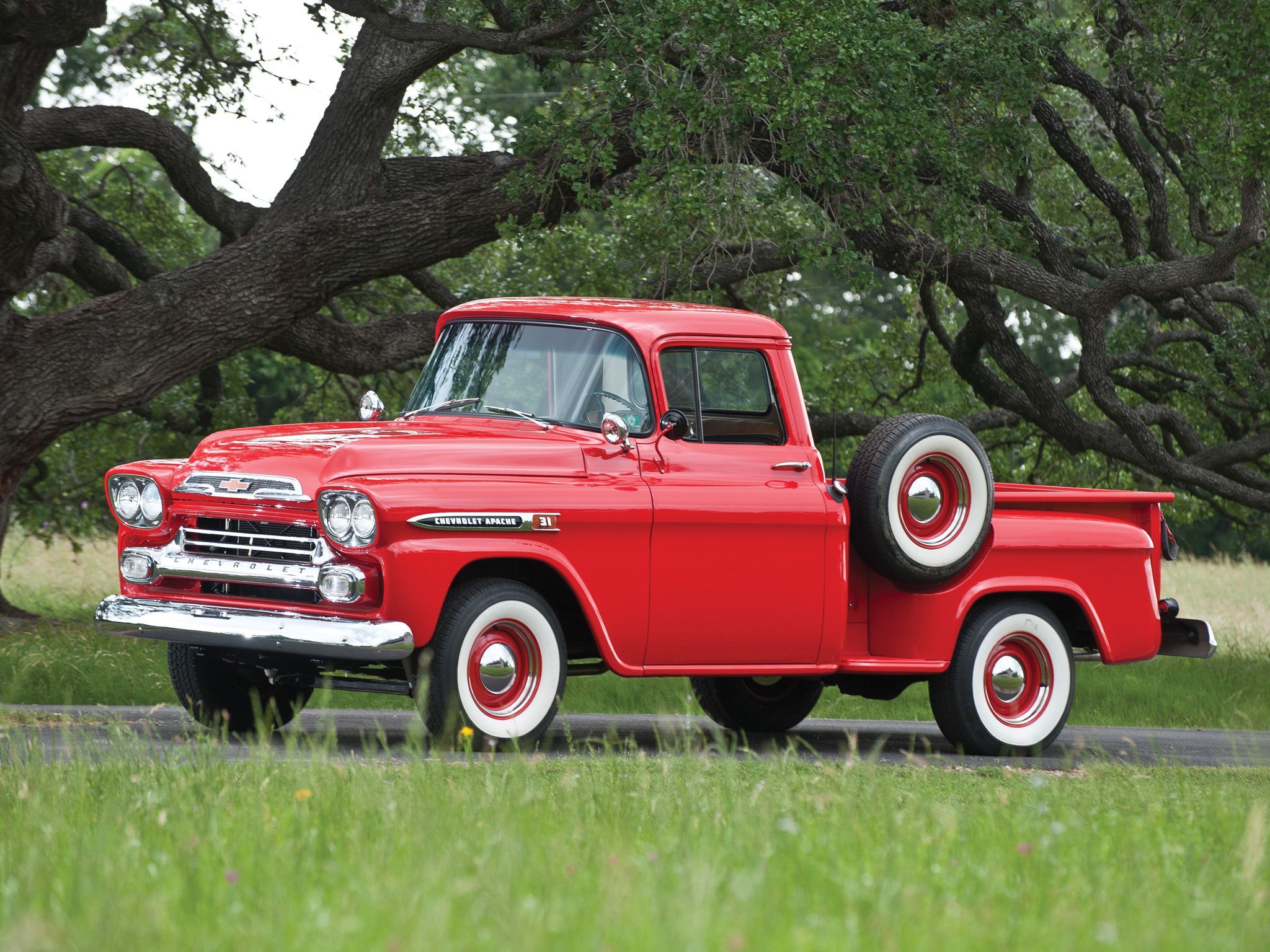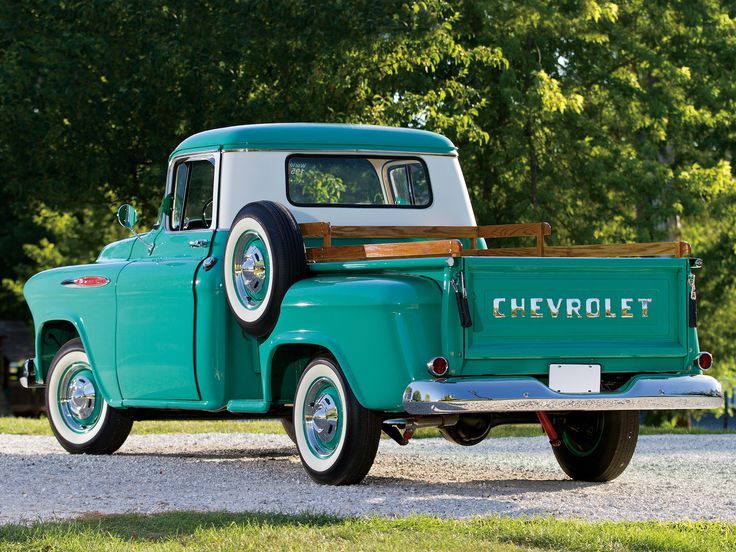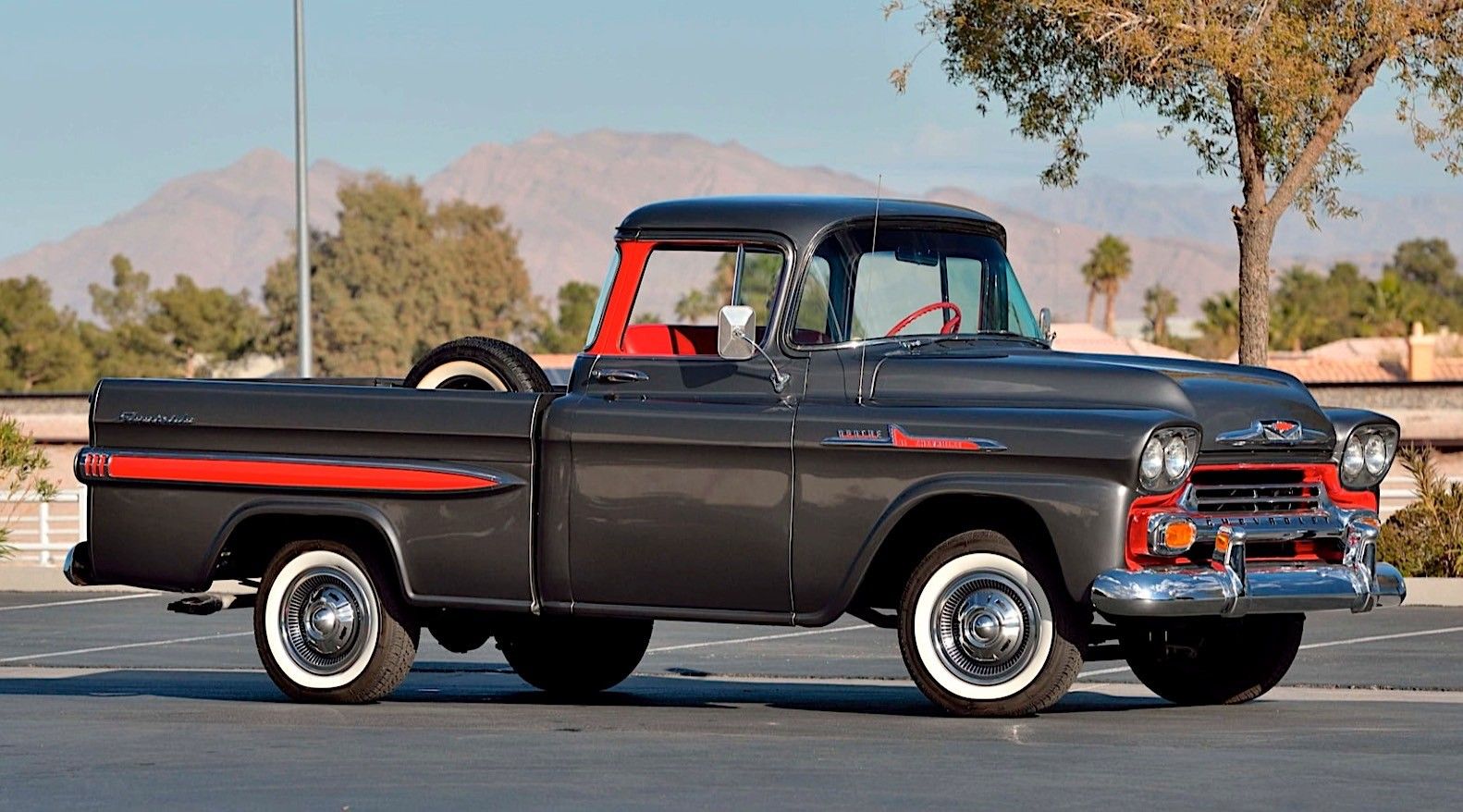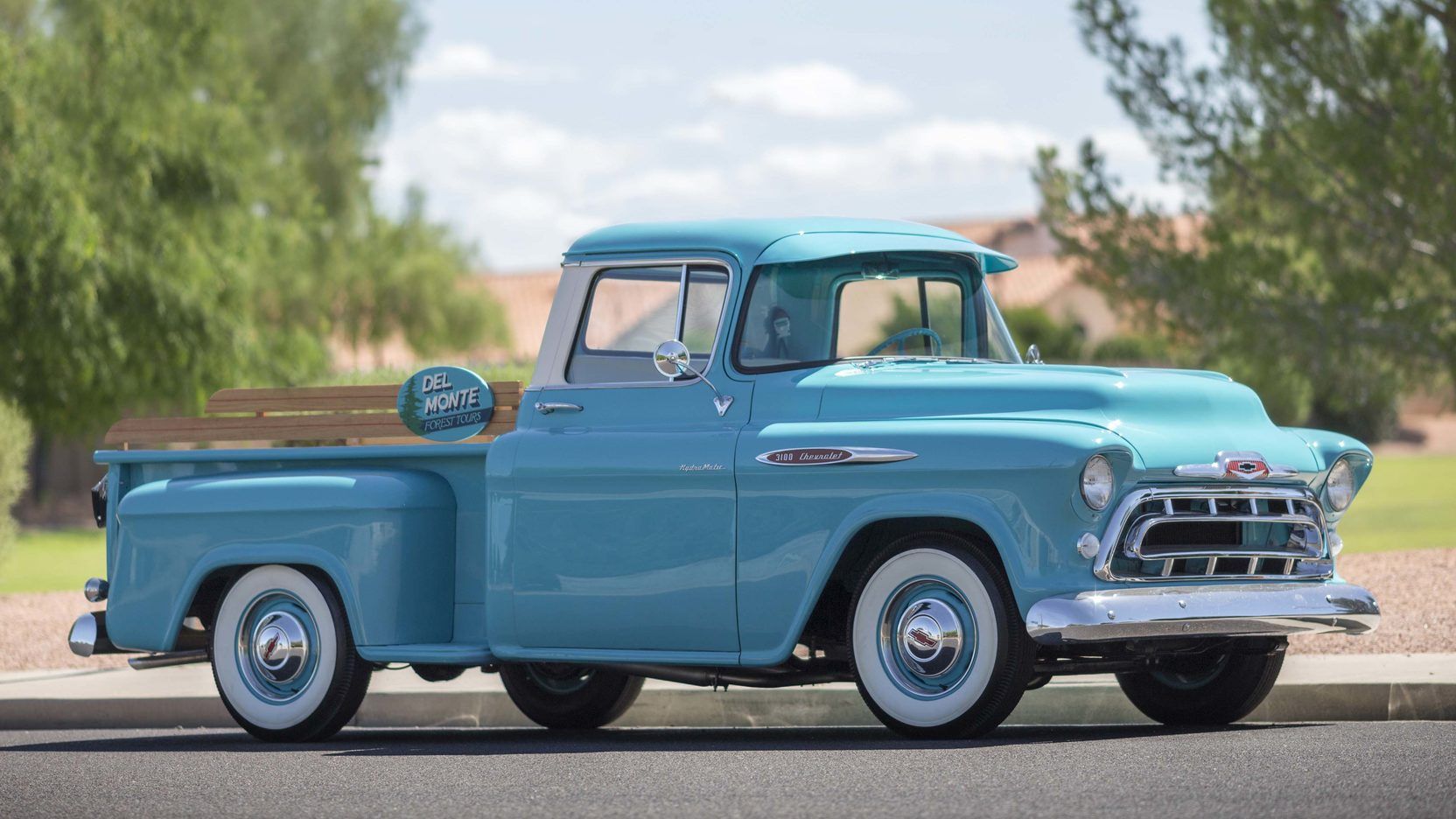For every Chevy truck, there's a story. It's safe to say that most people have fond recollections associated with Chevrolet pickups. In the wake of the success of the Advance Design trucks, Chevrolet launched the Task Force. Production of the Task Force Series extended from 1955 all the way until 1959. It was referred to as the Blue Chip Series at GMC dealerships.
Back in the 1950s, pickup trucks were mostly used for work and were not yet the family vehicles that they would become in the following decades. With style and conveniences that were unheard of in 1955, the Chevrolet Task Force truck was a significant advance in the category.
Collectors and truck aficionados have always favored the Chevrolet Task Force Series. When these trucks first debuted, they were cutting-edge, featuring wraparound windshields, V-8 engines, 12-volt electrics, two-tone paintwork, and a slew of chrome trim options. Let's take a trip down memory lane with the Chevrolet Task Force.
The Chevrolet Task Force Was An Exceptional Combination Of Functionality And Style
Chevrolet's Task Force Series of pickup trucks, which went on sale in March of that year, represented a significant shift in the company's pickup truck lineup at the time. The previous fenders were replaced with clean, curved sheet metal, and a big, wrap-around glass windshield provided excellent visibility as well as a modern appearance.
The greatest news, though, was that Chevrolet's revolutionary small-block V-8 engine, launched on 1955 passenger vehicle models, was now available with their trucks. Compared to the six-cylinder engine, this new V-8 was 30 pounds lighter. In addition to that, it worked more effectively and had greater power. There was no room for an oil filter on first-year Chevrolet V-8s. Optionally, a filter canister positioned above the thermostat casing was available.
Although by contemporary standards it may not seem like much, a lot of effort was put into making sure that the drivers were comfortable. Thanks to enhanced springs and various air relief valves, the Nu-Flex bench seat was claimed to deliver a smoother ride. The optional Airmatic bench was available on the more opulent Task Force vehicles. The driver or passenger could change how hard their seat was by using mechanically adjustable air pumps.
The Chevy Silverado and Silverado HD of today both come in an impressively wide range of configurations and trim levels; similarly, the Chevy Task Force Series could be customized to meet a wide number of requirements. For instance, buyers could acquire a Task Force cab and frame before ordering a commercial body from a specialist. Customers could also buy factory-made enclosed vans with Forward Chassis Control and three different types of school buses with seating for 30 to 54 people.
The Chevrolet Task Force Trucks Were Getting Better And Better Each Year
The 1955 Task Force trucks are commonly referred to as the "Second Series" (the 1955 trucks of the "First Series" were carryovers from the preceding Advance Design range). The Chevrolet Task Force trucks sat on a larger, six-cross member chassis that allowed for the installation of longer front and rear leaf springs.
The regular 3100 series and the 3124 series Cameo Carrier had a 114-inch wheelbase, while the 3200 series featured a larger bed and a wheelbase of 123 inches. The three-quarter-ton trucks were designated by the numbers 3500 and 3700.
For 1956, the exteriors of the Chevy trucks remained virtually unaltered, other than a few minor logo tweaks. The extensive list of available extras from the previous model year included power steering, whitewall tires, wheel covers, power brakes, chrome front/rear bumpers, and a radio. Also, from 1956, V-8 motor blocks were fitted with an oil filter boss, permitting a full-flow oil system.
In 1957, Task Force trucks received a unique redesigned grille that was only available for a single model year. The capacity of the small-block V-8 was raised from 265ci to 283ci by enlarging the bore. The power output from the motor was boosted to 185 horsepower. 1958 was the year that saw several Chevrolet passenger vehicle and truck models receive styling updates.
The colored grille and front bumper of the new Chevy Apache were stock, although chrome was available as an option. The brand-new Fleetside model came with a cargo box, and the bed could hold more stuff than before. The final year that Task Force trucks were produced, 1959, only saw modest improvements made. This year's model differs from the previous year's in terms of its front and side logos.
The Chevrolet Task Force, as its name suggests, was a robust, sturdy, heavy-duty pickup truck that did well on the market. Nonetheless, the Chevrolet Task Force was eventually superseded by the Chevrolet and GMC C/K Series in 1960 since it was deemed out of date.

